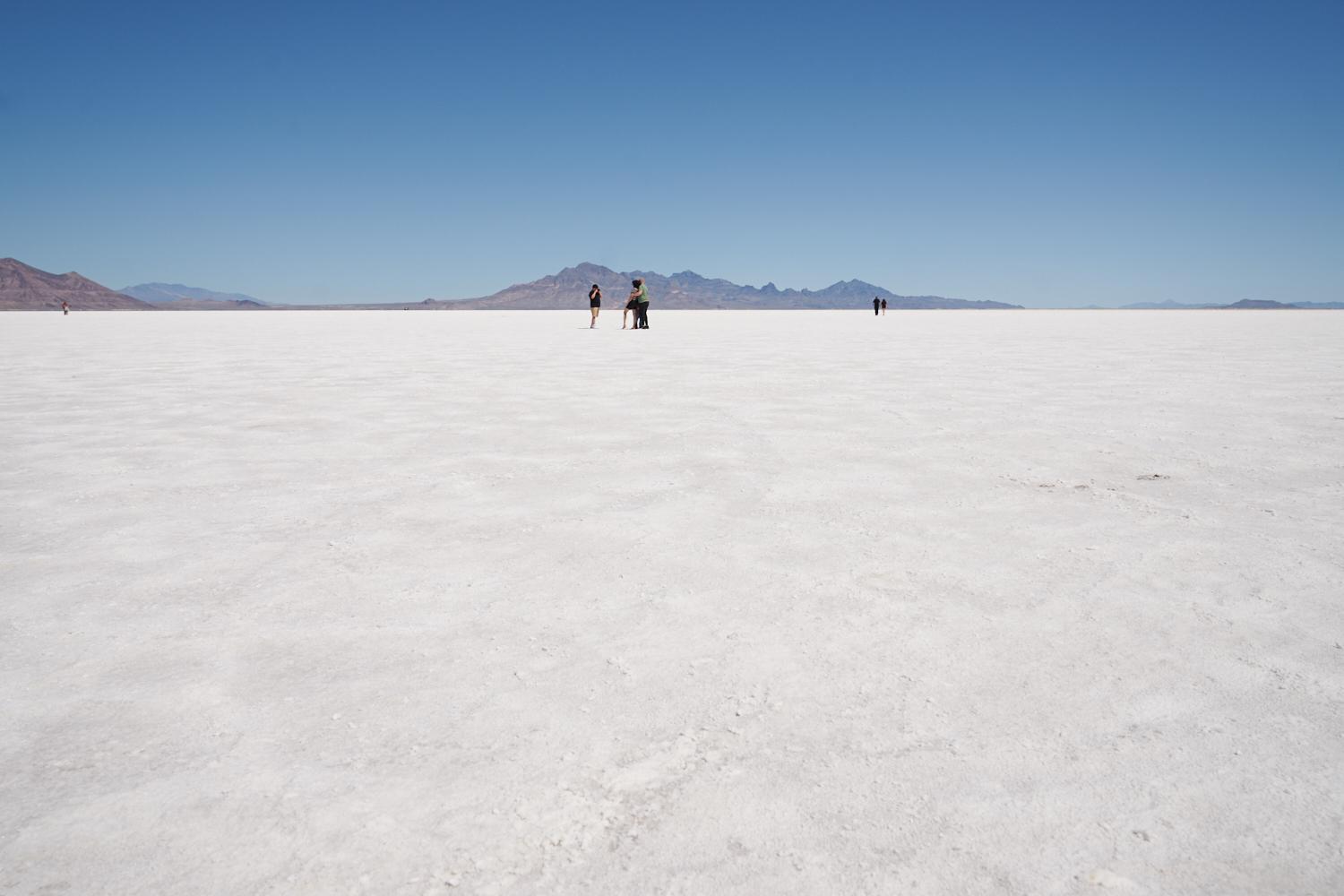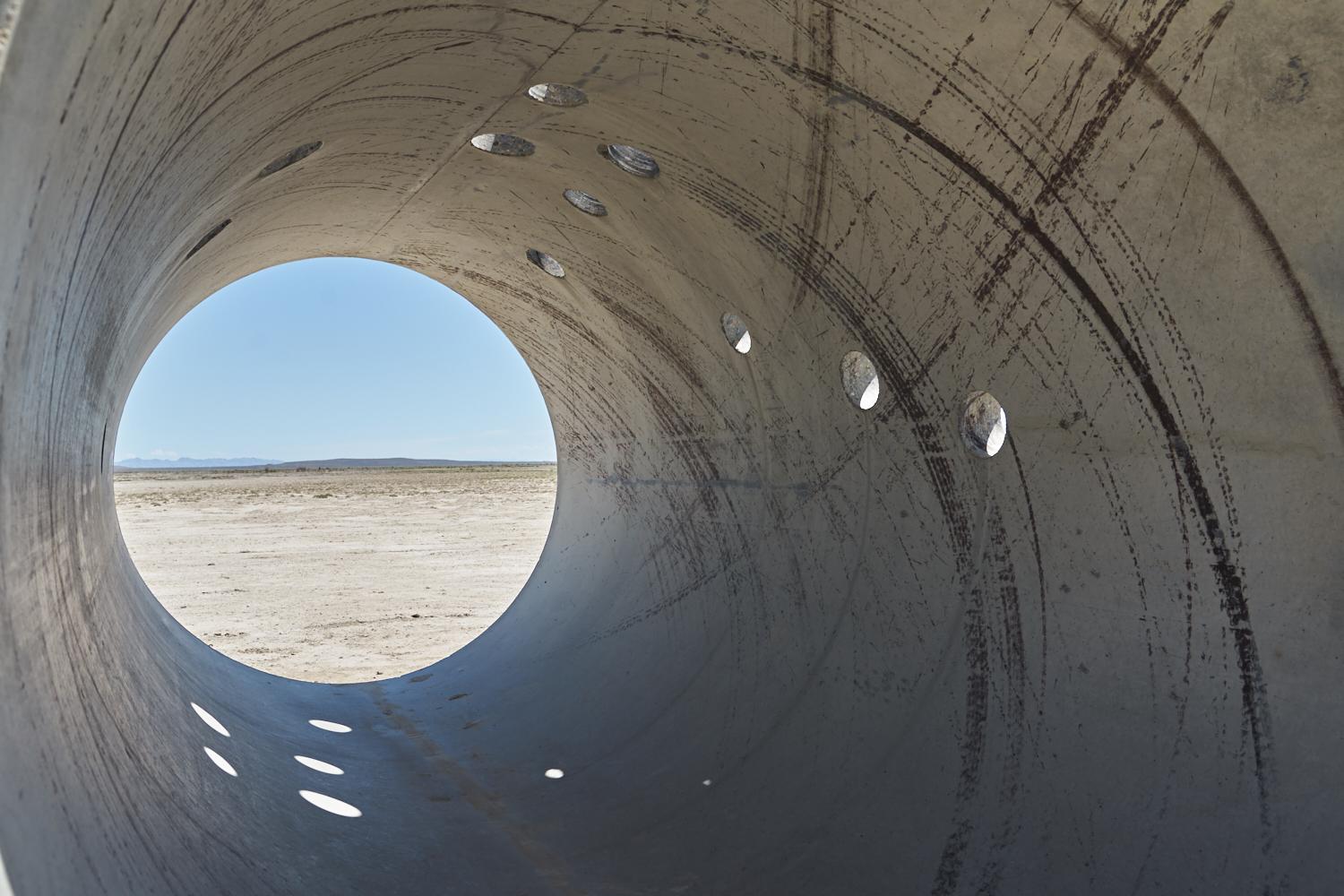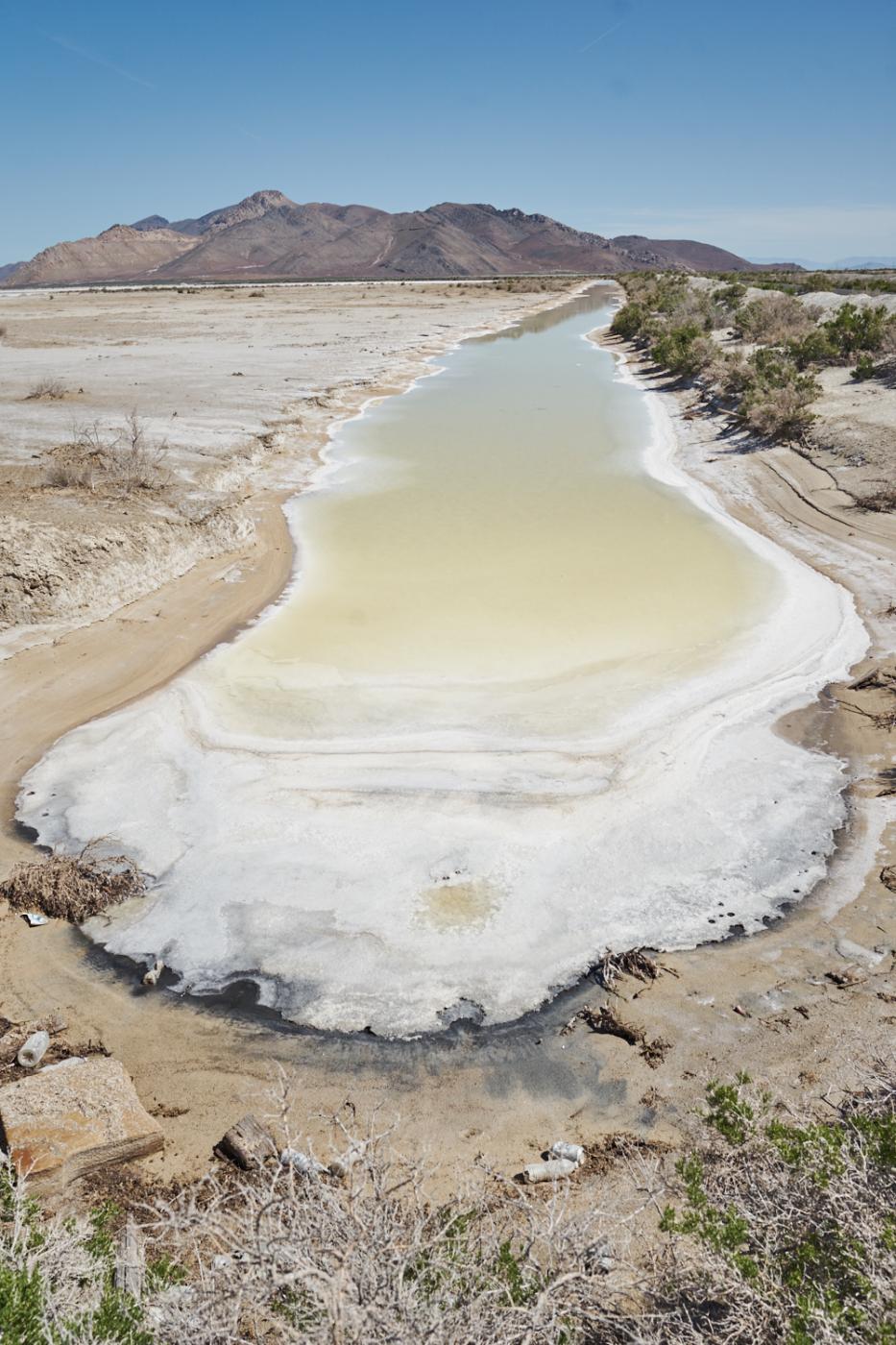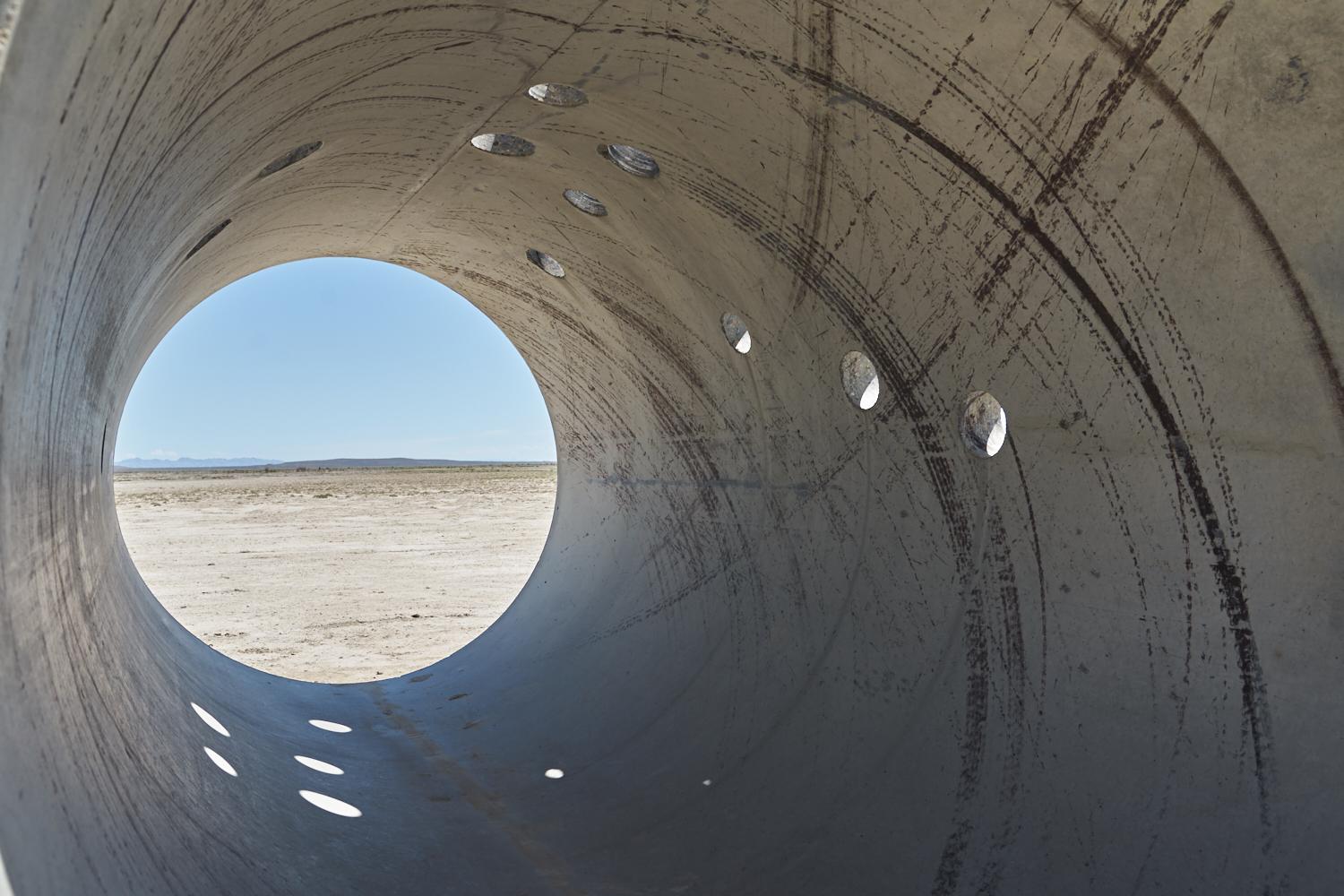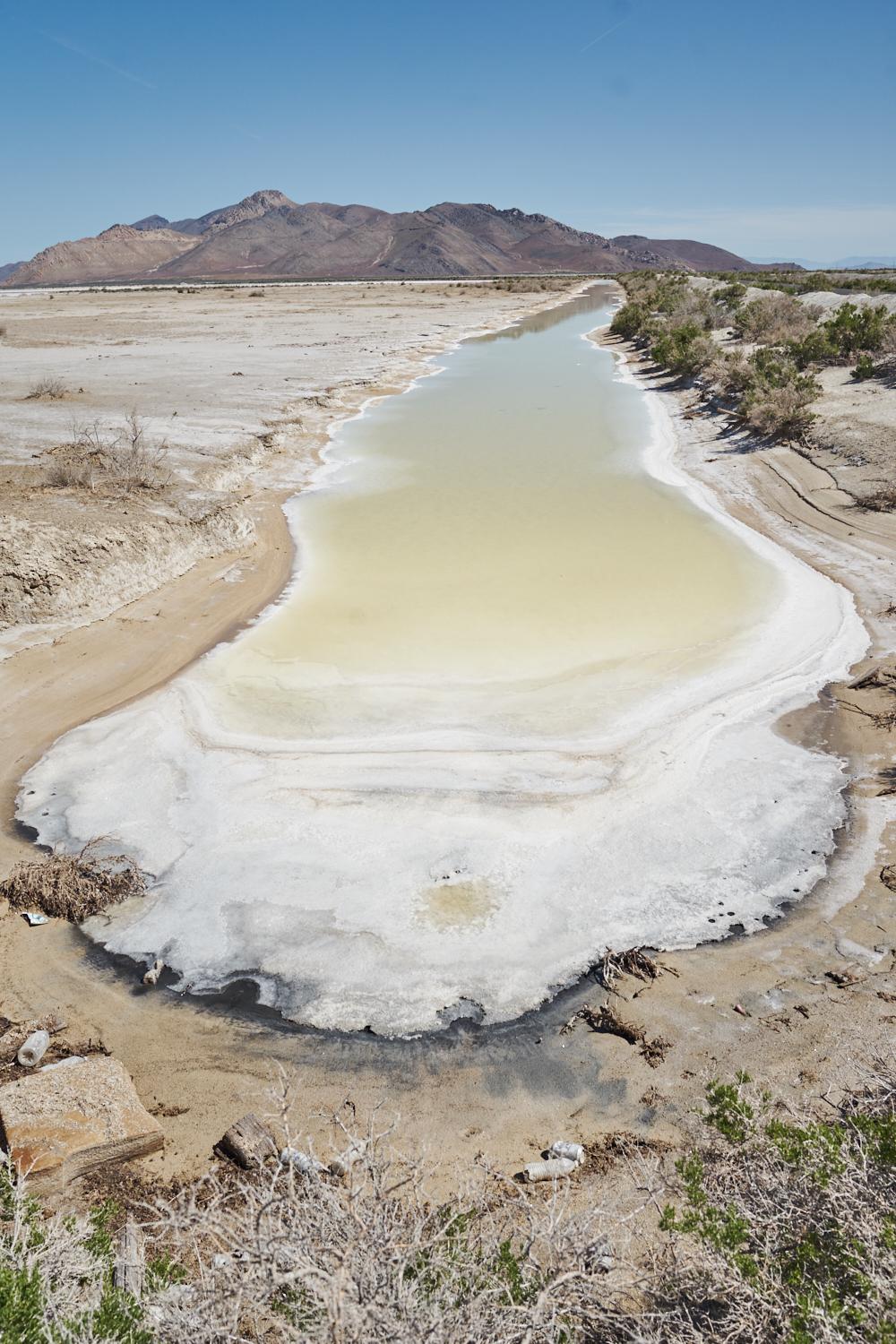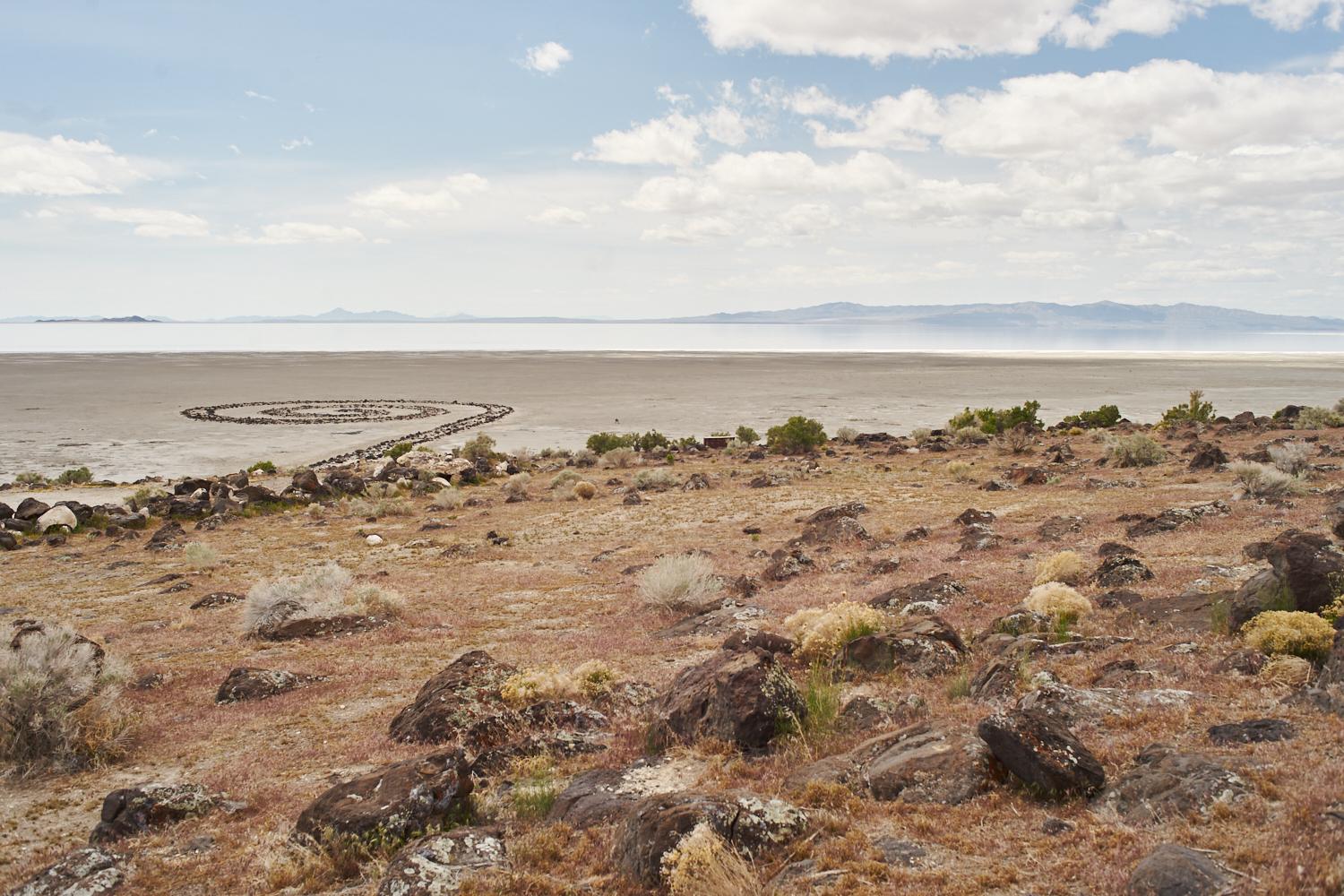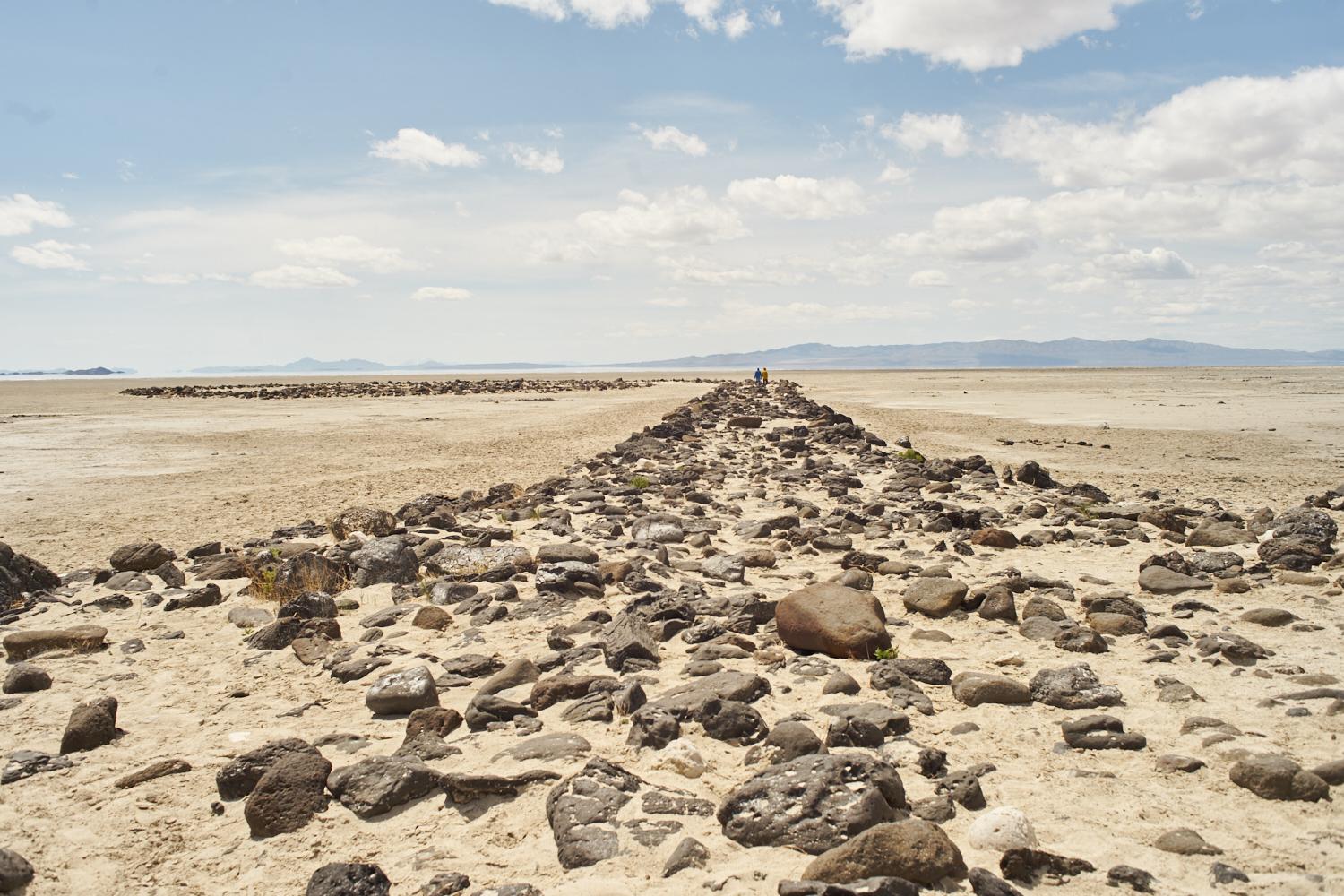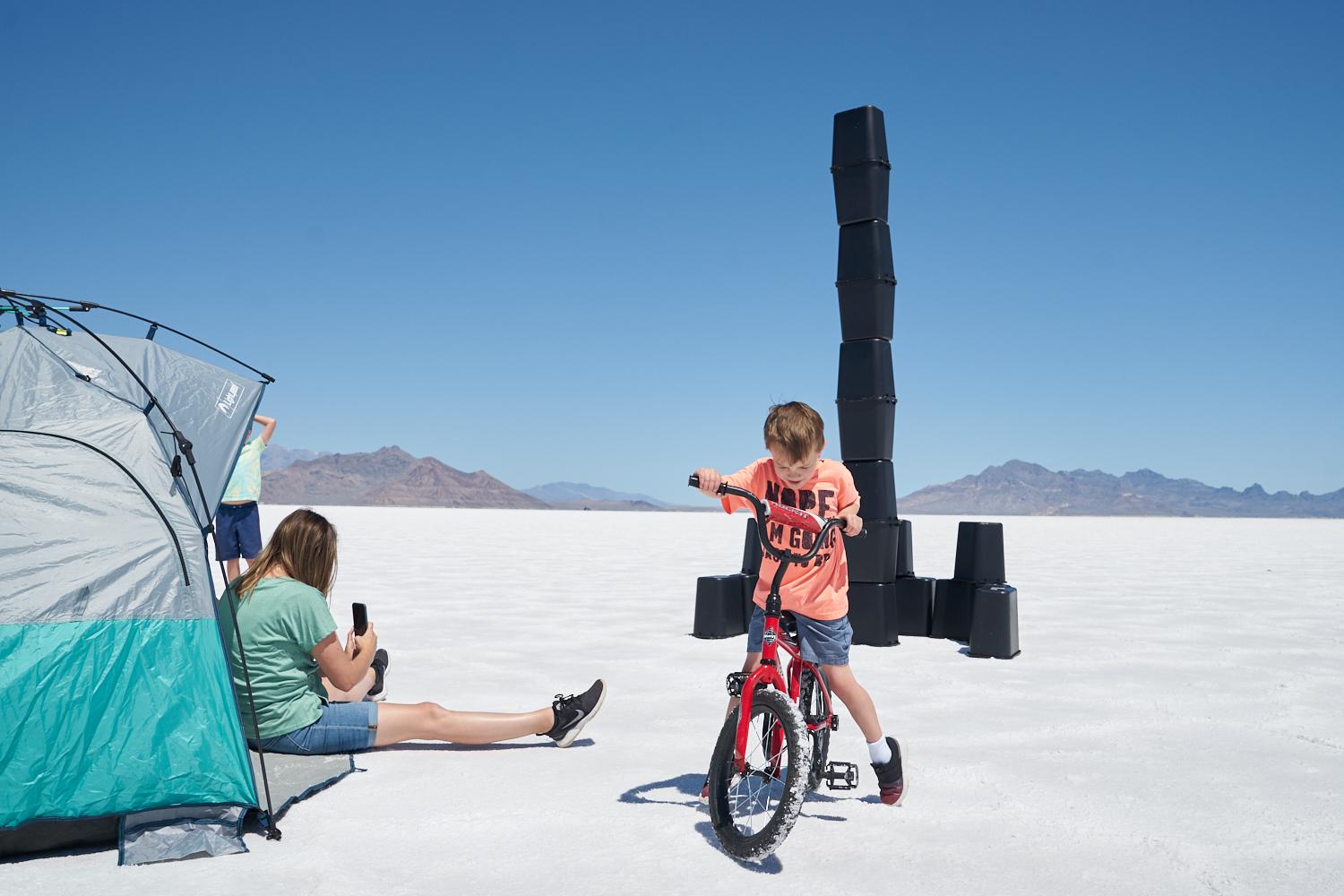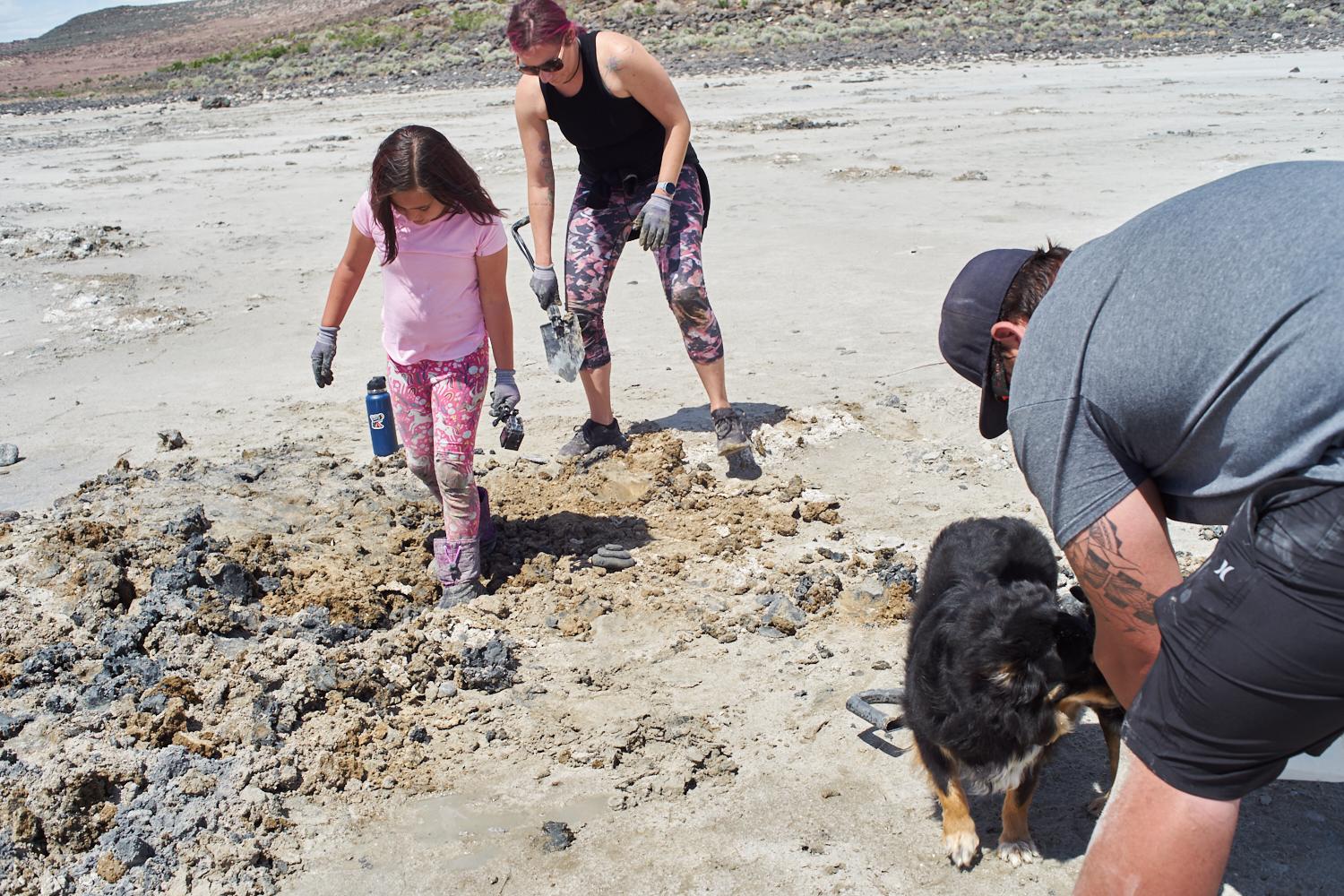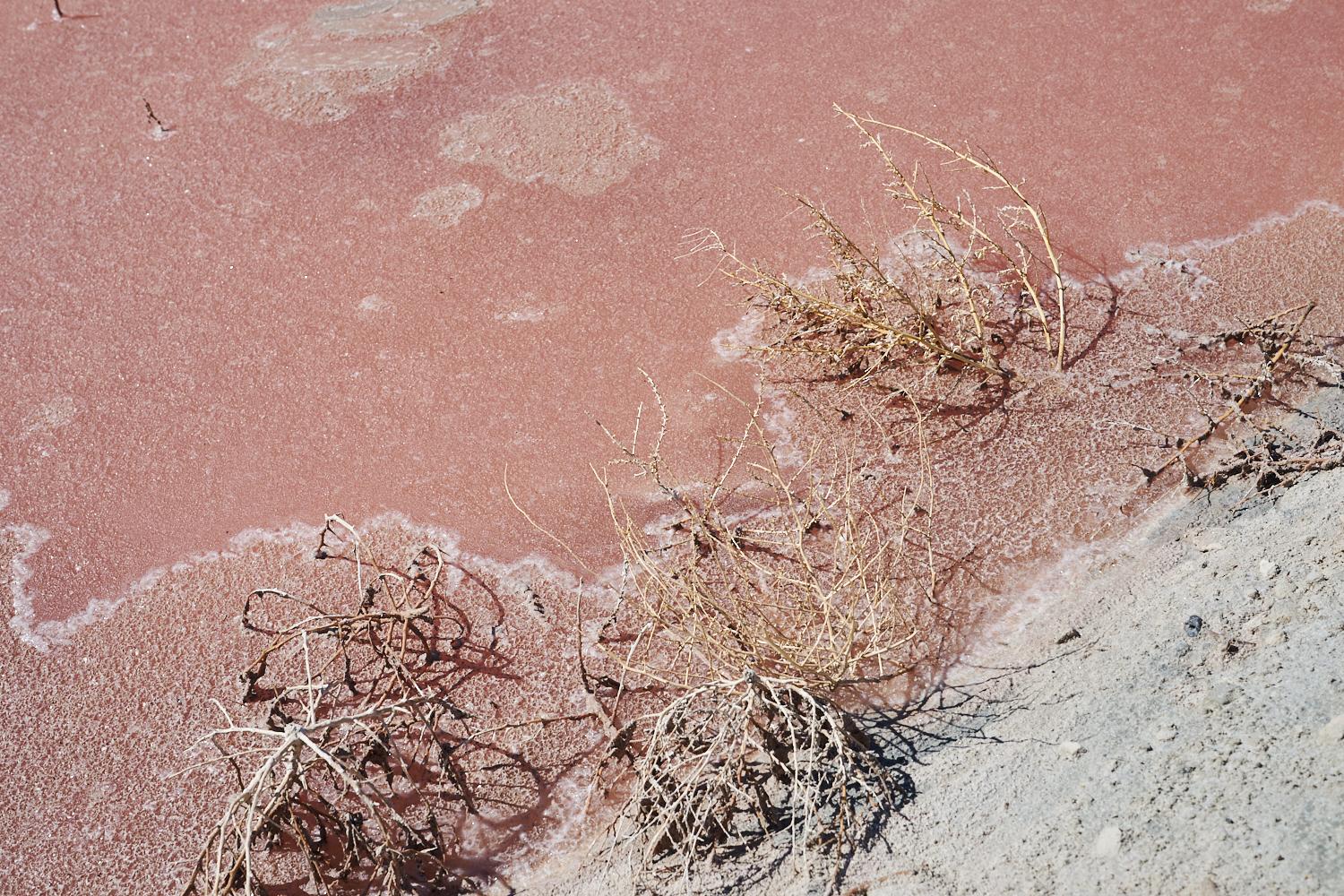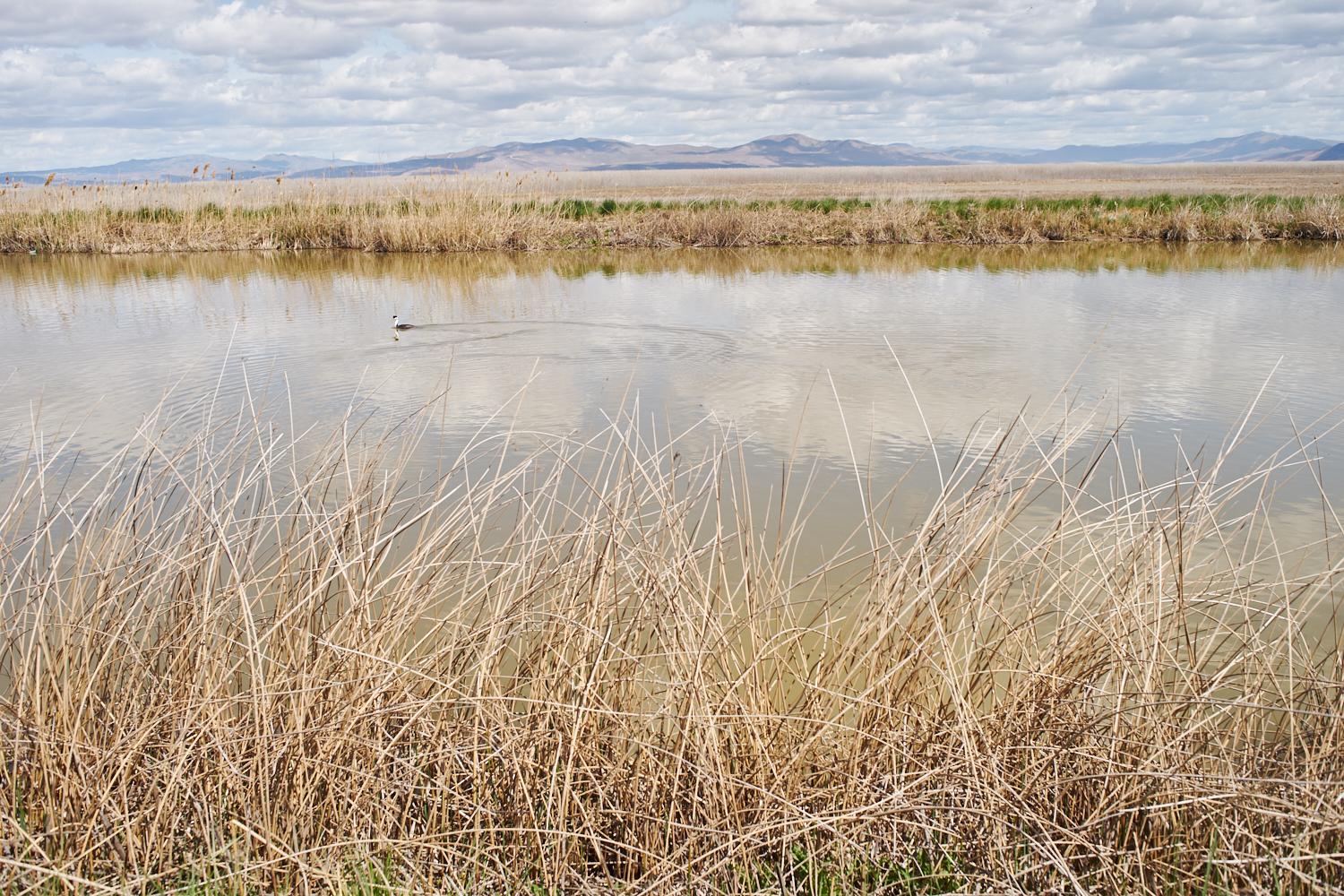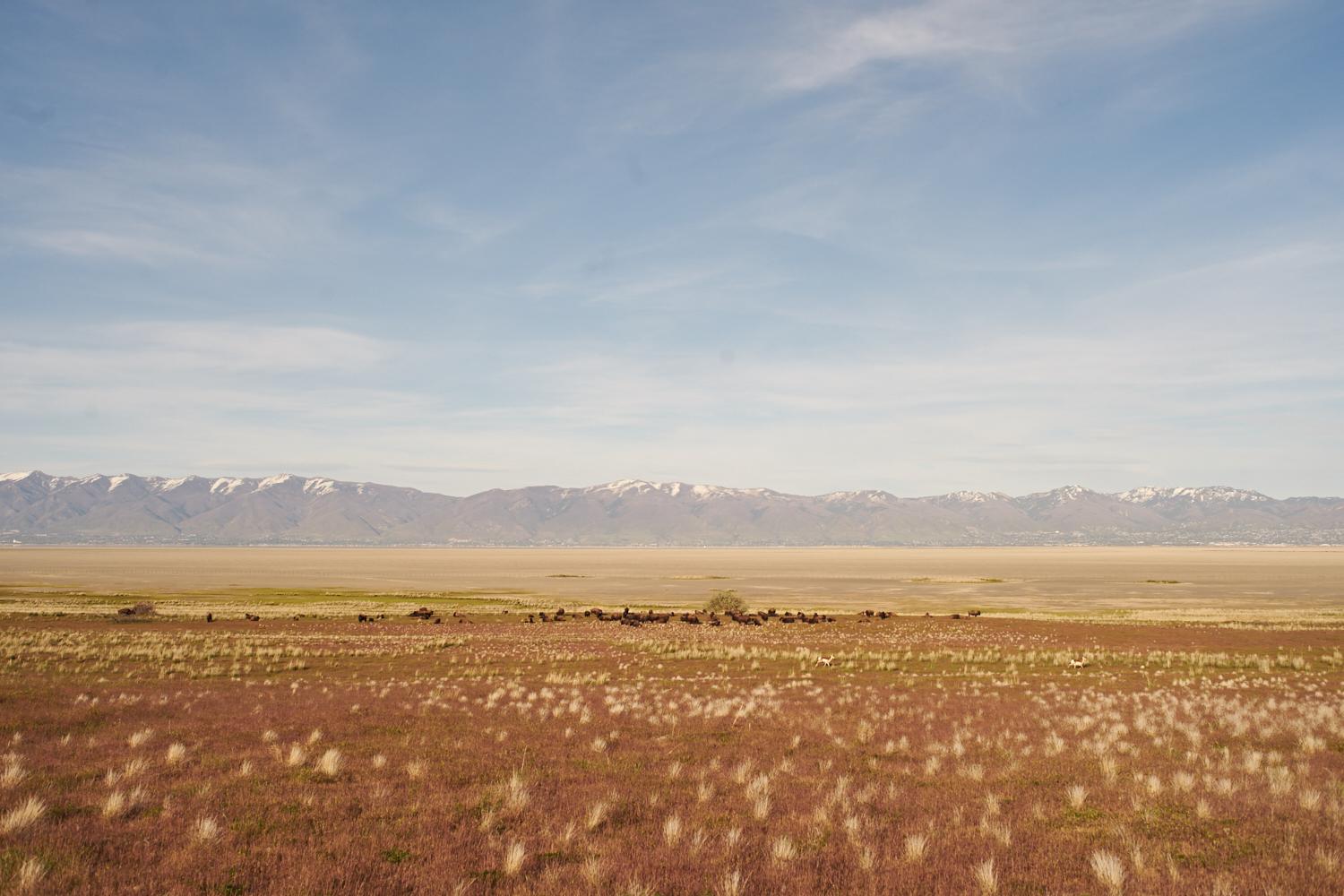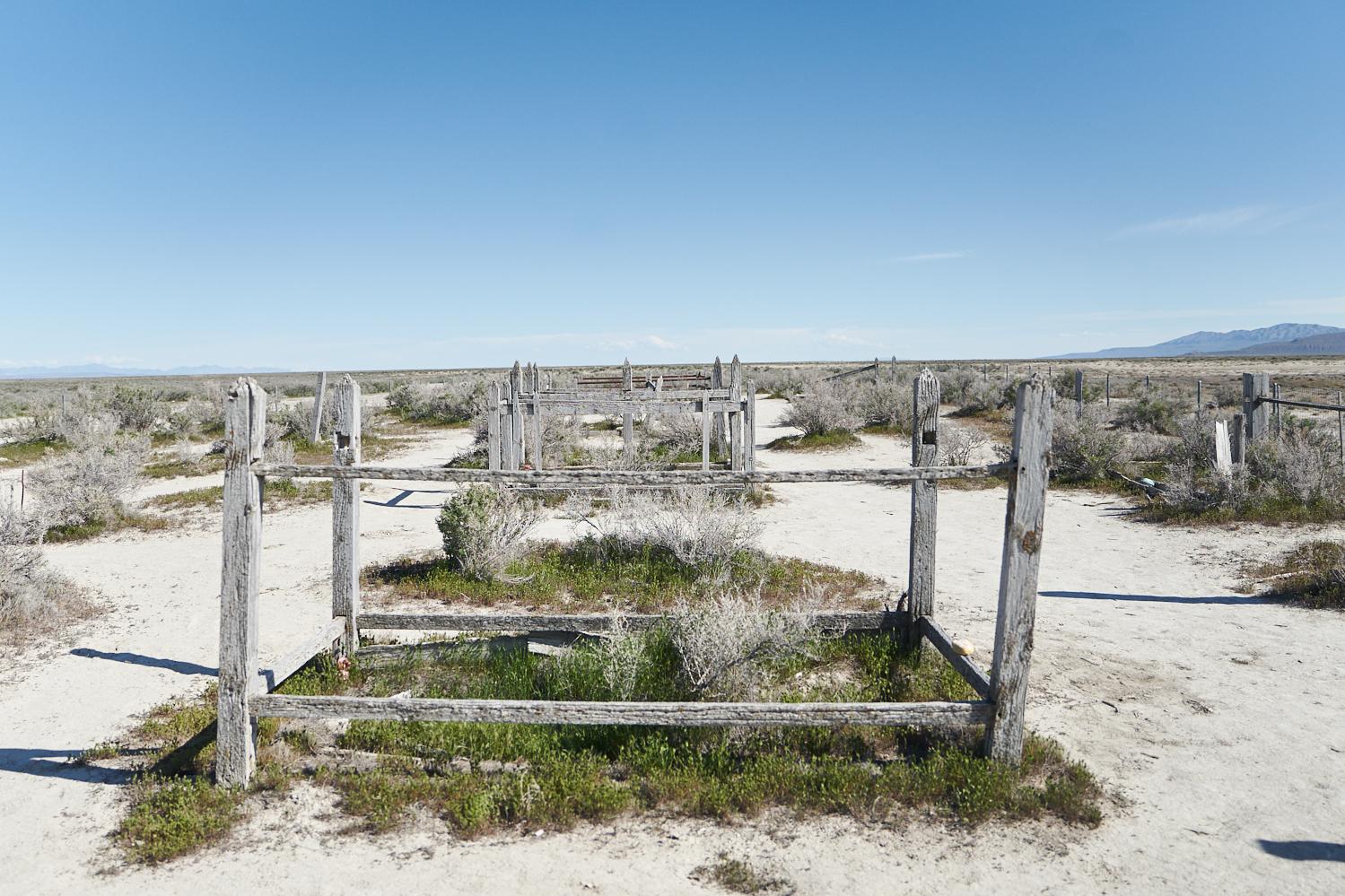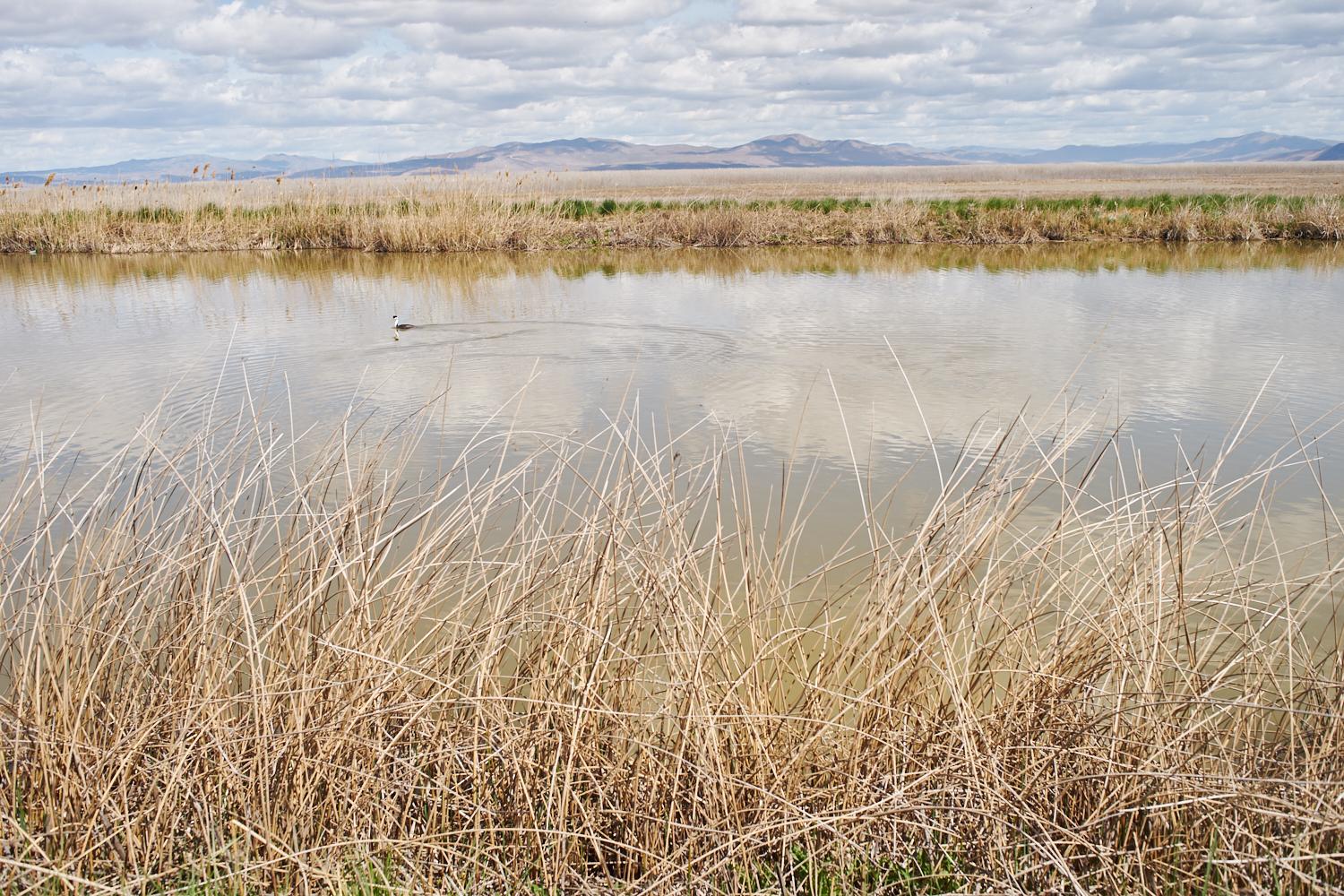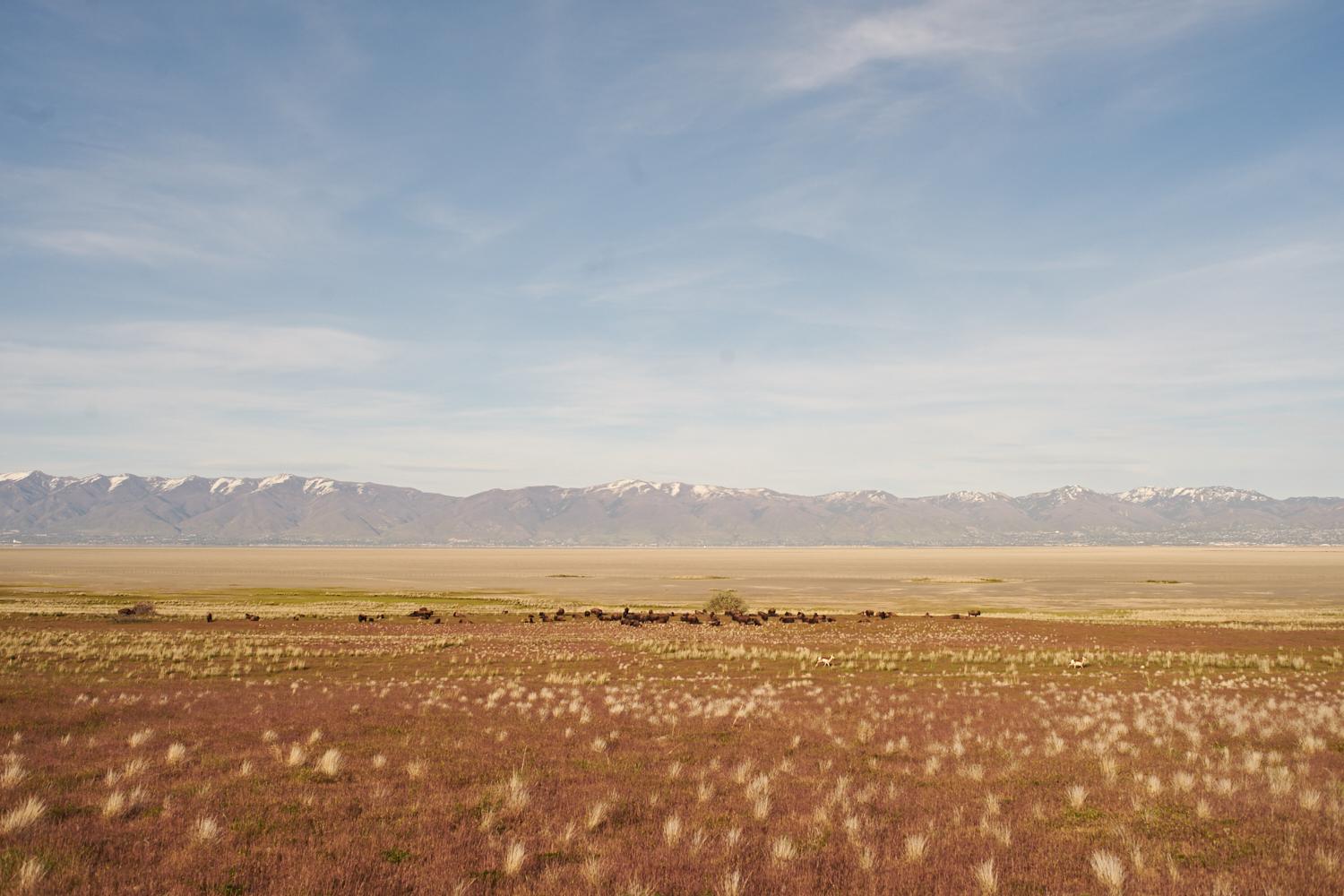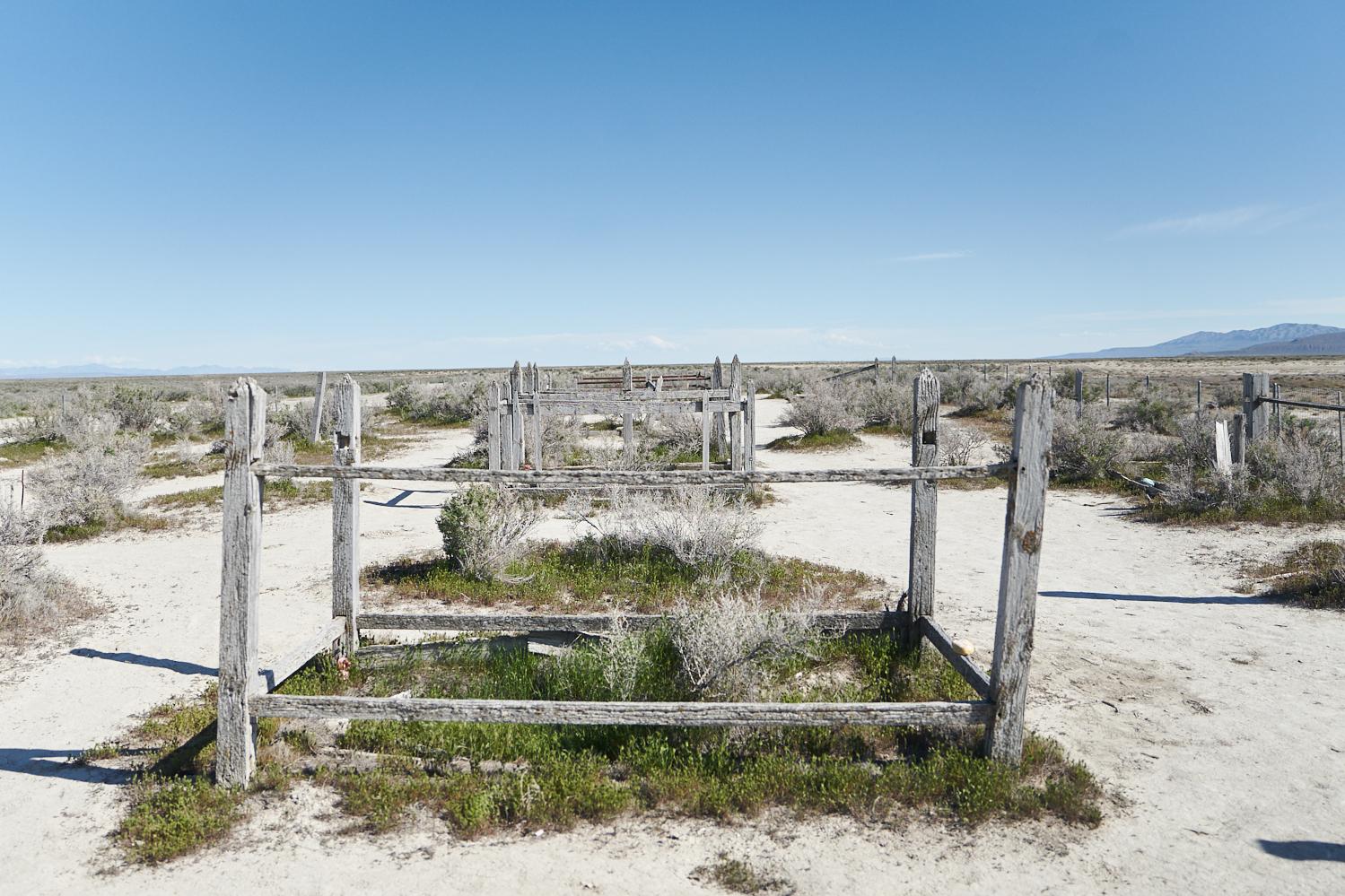The Weird, Wonderful--and Dying--Great Salt Lake
The iconic Bonneville Salt Flats on the Great Salt Lake's southwestern corner is home to a world-renowned racing track. But competitions have been discontinued due to the salt crust being too thin to support fast-moving vehicles. A typical salt pack for the race track needs to be around 1 to 2 feet, but since flooding can't replenish the crust as often, it now measures just a few inches thick.
The Spiral Jetty is arguably the most famous land art installation on the Great Salt Lake. Created in 1970 by artist Robert Smithson, the jetty was meant to disappear and reappear depending on the lake's naturally shifting water levels.
For 10 years, visitors have been able to walk out onto the Spiral Jetty as the Great Salt Lake's shoreline creeps farther and farther away.
The salt flats attract locals and tourists from all over the world to play, ride and pose for pictures on its otherworldly surface. The Bramwell family drove nearly three hours from their home in Vineyard, Utah, to spend the day playing on the flats.
The Fonoti family of Syracuse, Utah, dig for gypsum along the GSL's northeastern shoreline. Selenite crystal and gypsum hunting is popular with crafters and artists who use the semi-transparent pieces for various items.
Brine shrimp turn portions of the Great Salt Lake bright pink. They are the only creatures that can survive the lake's salty environment, and millions of birds feast on them as well as brine flies during migration season. As the lake dries up, so do these crucial food sources.
This photo essay was shot in May 2022 and published in February 2023 as part of Fifty Grande's Unplugged Issue.
Public Project
The Weird, Wonderful--and Dying--Great Salt Lake
969

